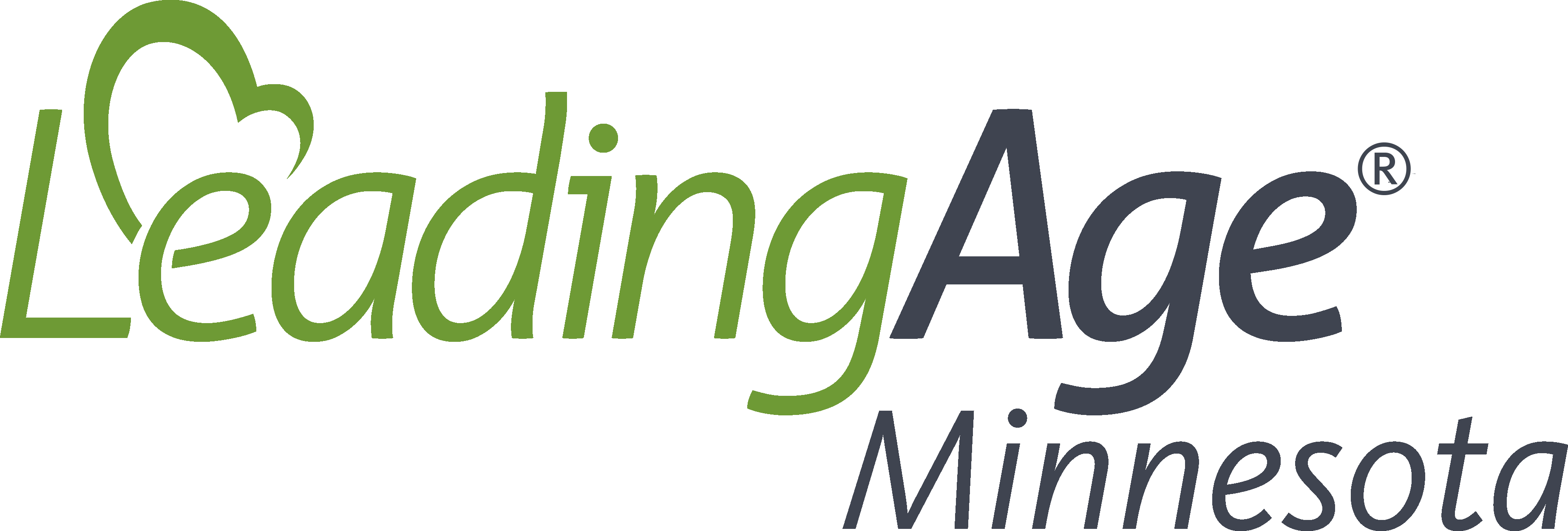See the Light: Circadian Lighting Improves Sleep, Reduces Falls and Behavioral Expressions
Posted on March 27, 2019 by Rick Lazzari
We’ve seen the light – and it does more than just allow us to see things better. It also plays a significant role in our physiology, or what we often call our “internal clock.” Light helps regulate many of our biological responses that impact our physical, mental and behavioral states. This daily response to changes in light is called the Circadian Rhythm, and the LeadingAge Minnesota Savings & Solutions Center is exploring solutions in this area to help you improve the lives of the residents you serve by controlling the type of light they see.
The creation of artificial light over time has disrupted our natural circadian rhythm, resulting in fatigue, obesity, depression, mood and sleep disorders, reduced mental performance and irritability – just name a few! The good news? We can now control the type of light we see to have a positive impact on our lives through technology like Circadian Lighting.
Circadian Lighting coordinates the lighting intensity, lighting color and the timing of the light to improve health outcomes for residents who live in aging services settings, particularly in memory care. At a local Memory Care Unit, a circadian lighting system improved the sleep cycle for residents, reduced falls, and reduced behavioral expressions that often resulted in anxiety and confusion.
How does it work? A narrow range of blue light (440nm to 480nm) that we normally receive from the sun is often absent in care centers, assisted living and memory care. This blue light exposure plays a critical role in telling our bodies when to stop the production of melatonin, which is a chemical that regulates our sleep-wake cycles and resets our circadian rhythm. Melatonin production resumes as darkness approaches. The total absence of light causes maximum melatonin production. The brightness of Circadian Lighting stimulates the production of serotonin, a chemical that impacts our feeling of well-being, cognition, learning and memory.
An increase in the production of serotonin can produce the following benefits:
- Wakefulness: Residents engage in coherent cognitive and behavioral responses to the external world such as communication, ambulation and eating.
- Arousal: Residents experience increased heart rate, blood pressure, sensory alertness, mobility and readiness to respond.
- Nutrition: Residents experience increased appetite.
To effectively deploy a circadian lighting system in your setting, a location for the lighting is selected that will have exposure to the maximum quantity of residents; normally the activity room or the dining room. Working with your staff, the programming of the lights (controlling timing, the color, and intensity) is established and controlled by your organization’s daily routines for your residents.
Technology like Circadian Lighting is improving the health outcomes and quality of life for the older adults we serve. To learn more about Circadian Lighting, or to schedule a free evaluation, contact Rick Lazzari, Director of Products and Services for LeadingAge MN Savings & Solutions Center, at rlazzari@leadingagemn.org or Rudy Thibodeau, rudy@majesticcustomelectric.com or 612-867-6744.
Comments
Add a comment
Members must sign in to comment
You must be a member to comment on this article. If you are already a member, please log in. Not a member? Learn how to join »

No one has commented on this article yet. Please post a comment below.